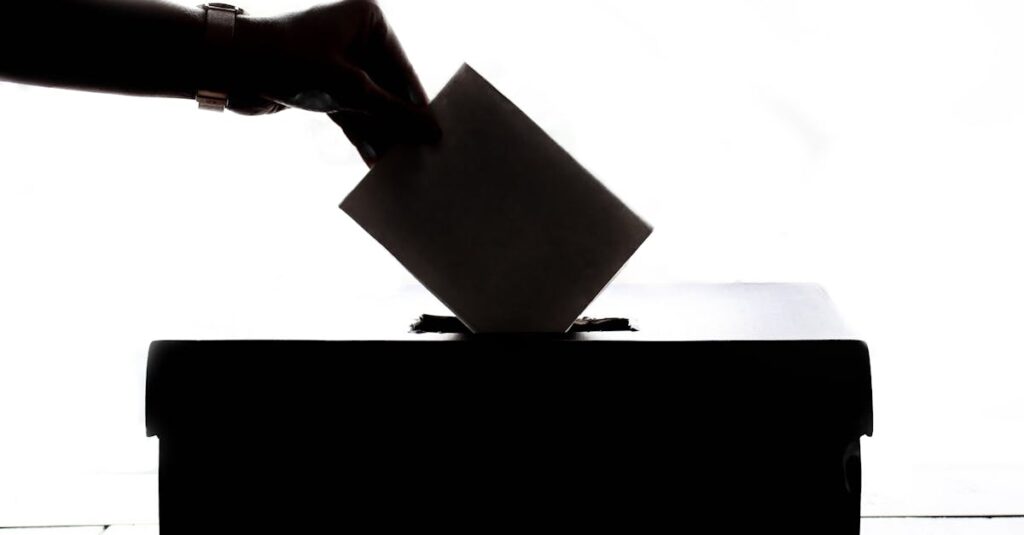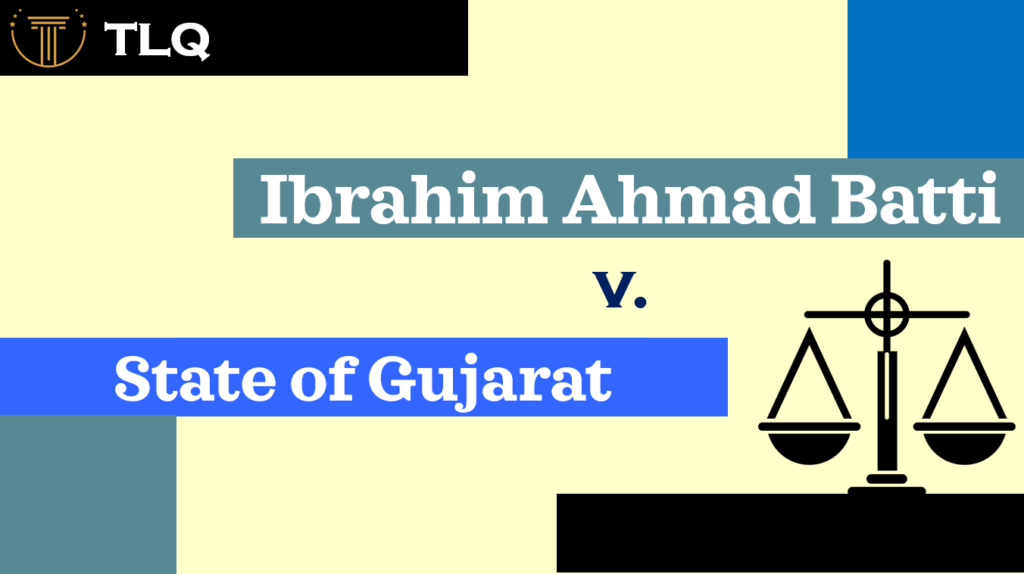Published on: 25th May 2025
Authored by: Himasikta Tanaya Singh
Bangalore Institute of Legal Studies, Karnataka State Law University
History leading to the case:
The case of ADM, Jabalpur v. Shivkant Shukla is only the second vertex to the Emergency trifecta. It came to exist as a consequence of another landmark case that preceded it – Indira Nehru Gandhi v. Raj Narain[1].
In the year of 1971, Lok Sabha elections were being held in India. From the constituency of Rae Bareli, Uttar Pradesh, was contesting the then Prime Minister, Indira Gandhi. Also contesting from there was Raj Narain from the Janata Party. He was so confident of his victory that he took out a victory procession even before the results were out. The results declared Indira Gandhi as victorious, which were challenged by Raj Narain before the Allahabad High Court. He alleged that she had indulged in electoral malpractice and utilized her Prime Ministerial position to obtain assistance from gazette officers in a bid to further her election prospects.
The Allahabad High Court found Indira Gandhi guilty of corrupt practice and disqualified her from holding any elected office under the Representation of People Act, 1951, for a period of six years.
When Indira Gandhi sought an appeal against the High Court’s verdict before the Supreme Court, the latter was in recess. Still, the Supreme Court stayed her disqualification, and during this period of recess, the then President Fakhrudeen Ali Ahmed declared the National Emergency of 1975.
This Emergency was utilized to bring in the 38th Constitutional Amendment, which boldened the powers of the President and Governors to pass ordinances and prohibited the judicial review of Emergency proclamations, the 39th Constitutional Amendment, which essentially protected the election of a Prime Minister, President, Vice President and Speaker of the Lok Sabha from being legally challenged, and the 42nd Constitutional Amendment, which increased Presidential powers pertaining to declaration of Emergencies, prioritized Directive Principles of State Policy to the extent that they could not be declared unconstitutional upon violation of any fundamental right, and curtailed fundamental rights while an emergency proclamation is active.
During the National Emergency of 1975, over 1.1 lakh arrests had been made across the country[2], arbitrarily and indefinitely, mostly of political opponents. This gave rise to various petitions before various High Courts, where all of them raised the same question – whether individuals retained the right to move courts against unlawful detention, during an emergency.
Multiple High Courts upheld the recourse of habeas corpus to detenues even during an emergency. All of these verdicts were consolidated for appeal before the Supreme Court of India in the case of ADM Jabalpur v. Shivkant Shukla, 1976, known as the Habeas Corpus Case.
Background of the case:
This appeal is filed before the Supreme Court of India, against the judgment of the Allahabad High Court, which ruled in favor of Shivkant Shukla, a political activist who had been indefinitely detained under the Maintenance of Internal Security Act, 1971, in response to a petition of habeas corpus filed by his wife.
Facts of the case:
- The respondents, who were petitioners in the High Courts, had filed applications before said High Courts for the issuance of the writ of habeas corpus.
- In some cases, they challenged the validity of the 38th and 39th Constitutional Amendment Acts, and the Proclamation of National Emergency by the President made on 25 June 1975, under Article 352 of the Constitution of India.
- In all cases, they challenged the legality of the orders of their detention.
- The judgments from the High Courts of Allahabad, Bombay, Delhi, Karnataka, Madhya Pradesh and Rajasthan held that while they could not go into the questions of whether the Proclamation of Emergency was justified, the detenues had the recourse of habeas corpus even during the continuance of an Emergency.
- The State sought an appeal against these judgments before the Supreme Court of India.
Questions in the matter:
- Whether any writ petition for habeas corpus before a High Court under Article 226 of the Constitution of India, aimed at enforcing an individual’s right to personal liberty when held under the Maintenance of Internal Security Act is maintainable on the grounds that the order of detention or its continuation is not in accordance with said Act.
- If such a petition is maintainable, what is the extent of judicial scrutiny, in view of the Presidential Order dated 27 June 1975 and Sub-section (9) of Section 16A of the Maintenance of Internal Security Act.
Contentions of the Appellant:
- The actions of the State in the interest of national security must take precedence over individual interests.
- The Presidential Order under Article 359 (1) of the Indian Constitution suspended rights under Articles 14, 21 and 22 of the Indian constitution, so any writ in pursuit of enforcement of those rights is also not maintainable.
Contentions of the Respondent:
- Article 359 (1) of the Indian Constitution did not empower the Executive to make constitutional amendments during the Emergency.
- The aforementioned Article also did not restrict the right of individuals to approach the High Courts under Article 226.
Judgment Stated:
- The Presidential Order dated 27 June 1975 that was issued under Article 359 (1) of the Constitution of India, had suspended the right to enforce fundamental rights under Articles 14, 21 and 22 of the Constitution of India, while the proclamation of Emergency was still active. This was interpreted by the 4:1 majority of judges as no individual having any locus standi to move any writ petition under Article 226 before a High Court.
- The majority also clarified that during an Emergency, the Executive assumed supremacy in its powers and that limited the role of the Judiciary. So even if an order of detention is mala fide, the detenue has no judicial remedy while the Emergency lasts, since these detentions had already been authorized through the Maintenance of Internal Security Act, 1971.
Cases referenced:
- Ex parte Milligan[3]: While the majority ignored it, it was referenced by the dissenting opinion to argue that civil liberties ought to be upheld even during periods of emergency.
- Liversidge v. Anderson[4]: Both, the assenting and dissenting opinions, relied heavily on this case. While the majority was in congruence with the verdict of the House of Lords that judicial review must be restricted when executive decisions are made in pursuit of national interest during periods of emergency, the dissenting opinion echoed Lord Atkin’s dissent that the judiciary is not liberated from its duty to uphold the rule of law even during emergencies.
- K. Gopalan v. State of Madras[5]: The State as the appellant had relied on this case to argue that the detenues had no constitutional remedy since Article 21 itself had been suspended by the relevant Presidential Order.
- Makhan Singh v. State of Punjab[6]: The majority based its judgment on the ruling in this case to establish that the High Courts could not entertain writs under Article 226 of the Constitution of India, when fundamental rights themselves had been suspended.
- Ghulam Sarwar v. Union of India[7]: The State as the appellant had also relied on this case to argue that the courts had no basis of questioning the validity of detentions made during the Emergency.
- Yaqub v. State of Jammu and Kashmir[8]: The majority clarified that when even in times of peace preventive detention laws restricted judicial intervention, such intervention was even less justified during an Emergency.
Conclusion:
The five Judge Bench, in a 4:1 ruling, by upholding the arrests made during the Emergency under the Maintenance of Internal Security Act, 1971, confirmed that the State can essentially revoke individuals’ fundamental rights in pursuit of its needs.
The ruling is made interesting by the fact that one of the assenting judges was Justice P.N. Bhagwati, who pioneered the concepts of public interest litigation and absolute liability in India, which aimed at relaxing the requirement of locus standi and strengthening accountability on the part of legal persons engaging in hazardous activities, respectively, apologized for this verdict in 2011[9].
However, the highlight of this ruling is in fact the dissenting opinion by Justice H.R. Khanna, who believed in the innateness of the right to life to humanity and was of the rightful opinion that the majority reasoning held the potential to pave the way for an authoritarian rule. He stated that the Judiciary’s duty to uphold the rule of law remained intact even during an Emergency, as did the State’s duty not to act arbitrarily. While his dissent was later viewed as the correct interpretation, it cost him the prospect of holding office as the Chief Justice of India.
The flawed albeit majority verdict stayed valid for over forty years, until it was overturned in yet another landmark case of Justice K.S. Puttaswamy (Retd.) v. Union of India[10], in 2017. While it is popularly known as the Aadhaar Card case which established right to privacy as a part of the scope of Article 21, it served an equally great, if not greater, purpose of overturning the dangerous precedent in the Habeas Corpus case, before it could have been used to inflict any attack on the democracy and the Constitution of India.
References:
[1] AIR 1975 SC 1590
[2] Saikat Kumar Bose, Revisiting The Emergency: The Prelude, The Clampdown And The Resistance, NDTV (Jun. 25, 2024, 02:32 PM IST), https://www.ndtv.com/india-news/indira-gandhi-revisiting-the-emergency-the-background-the-clampdown-and-the-resistance-5965641
[3] 71 U.S. 2 (1866)
[4] [1942] AC 206
[5] AIR 1950 SC 27
[6] AIR 1988 SC 1705
[7] AIR 1967 SC 1335
[8] AIR 1968 SC 765
[9] Maneesh Chhibber, 35 yrs later, a former Chief Justice of India pleads guilty, THE INDIAN EXPRESS (Sep. 16, 2011, 01:47 AM IST), https://indianexpress.com/article/news-archive/web/35-yrs-later-a-former-chief-justice-of-india-pleads-guilty/
[10] AIR 2018 SC (SUPP) 1841



